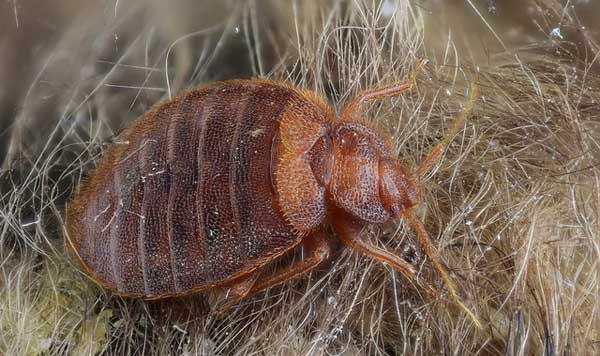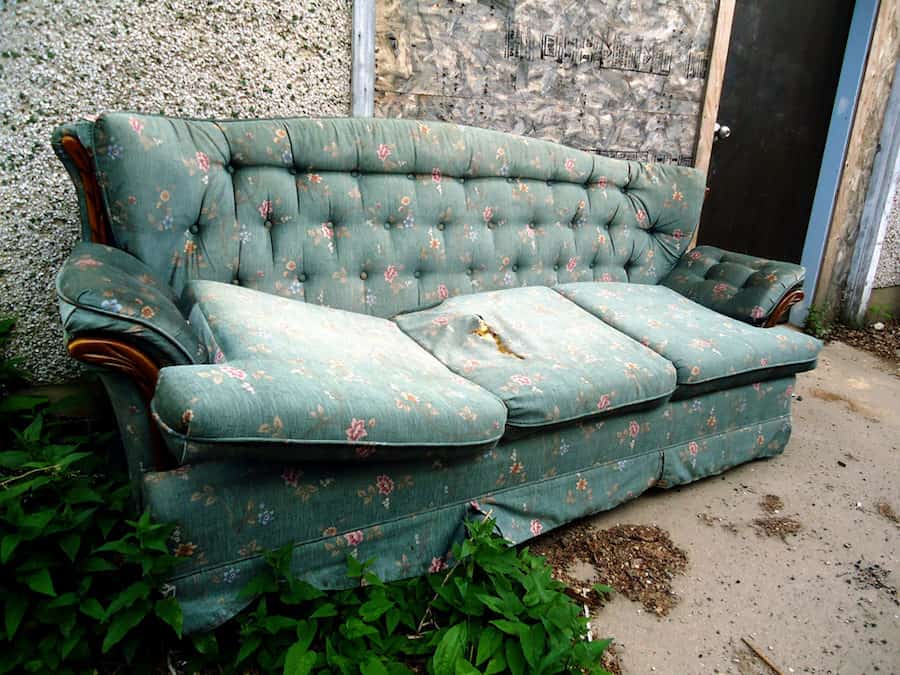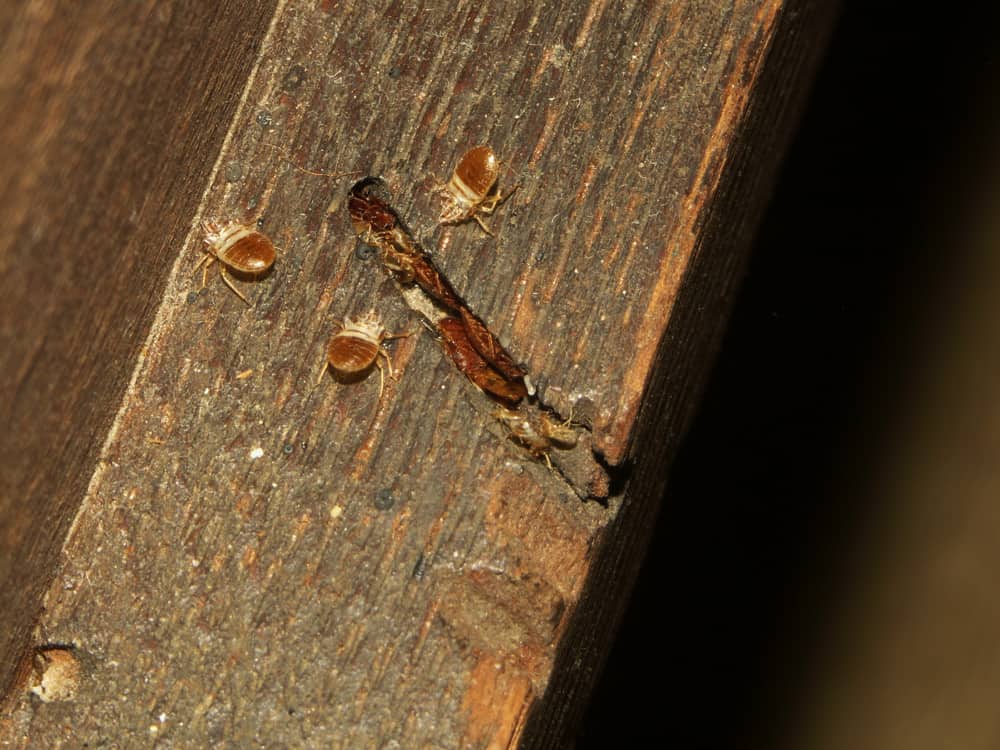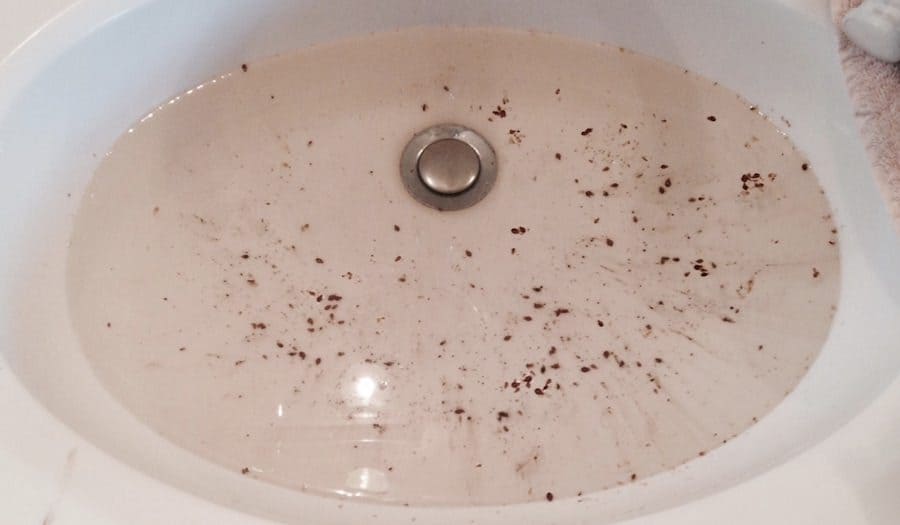How to Tell if You Have Bed Bugs
Hiring an exterminator to deal with a bed bug problem can be expensive. Even the consultation to confirm that you do, indeed, have bed bugs in your home can cost you.
There are some easy and affordable ways to get rid of bed bugs yourself, without having to hire a professional. However, these are time-consuming, so you wouldn’t want to use them unless you were sure that there really was a bed bug infestation in your home.
But how, exactly, can you tell that you have bed bugs? And how can you make sure it’s not some other pest that has taken over your home?
In this article, we’ll go over all the signs that bed bugs are present in your home, from the most common to the less obvious. With this guide to spotting bed bugs, you’ll be able to make sure you have a bed bug problem before you start treating your living spaces to exterminate them.
What Are the Most Common Signs of Bed Bugs?
You’ll have to bear with us as you read this section, because it’s frankly a little gross. But these are some of the first signs people notice when they live in a home infested by bed bugs, so it’s worth becoming familiar with them.
Blood Stains
Bed bugs are fragile little things and they squish easily. All it takes is for you to lie down in bed or roll over in your sleep to put enough weight on the bed bugs to crush a few.
Since bed bugs feed on blood, most of them have some of it in their system. When you crush them, it will leave bloodstains, usually on your mattress, box spring, or sheets.
Look for rusty, reddish colored spots.
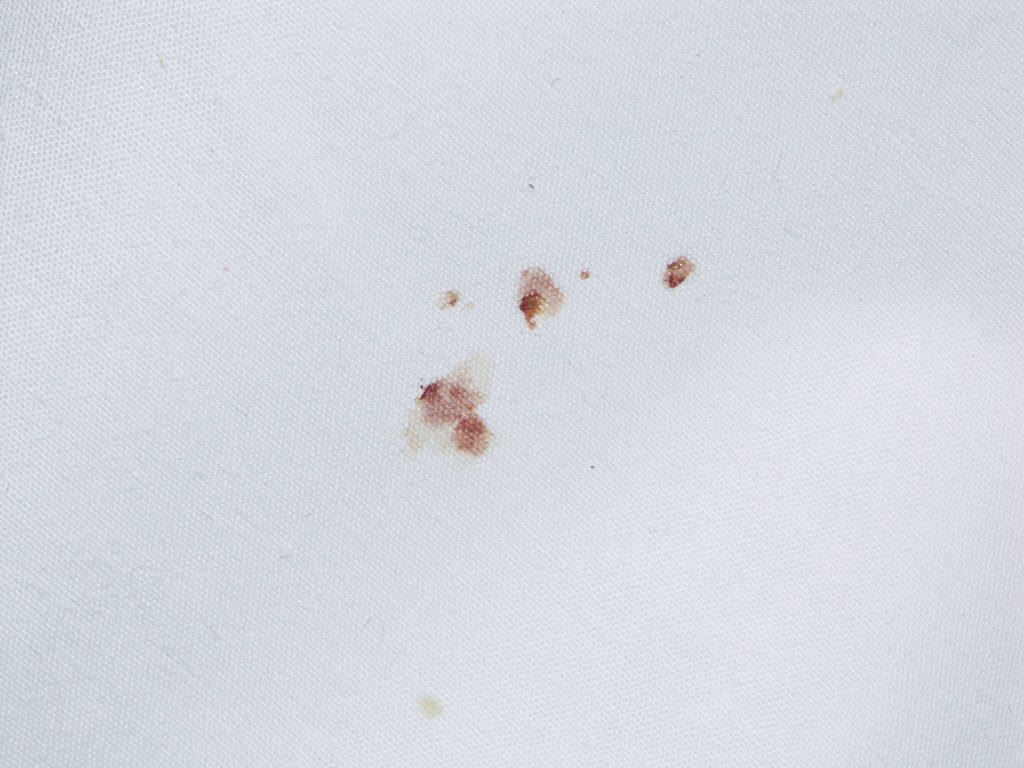
Bed Bug Droppings
Bed bugs are tiny, and their droppings are even smaller, but they’re not invisible.
Bed bug droppings look like small, dark dots. If you find some, it might look a bit like a dusting of cracked black pepper.
Bed bug droppings on mattresses, box springs, or items of clothing can leave a stain. Often, the bed bug dropping will sort of “bleed” into the fabric its sitting on, spreading and creating a wider stain.
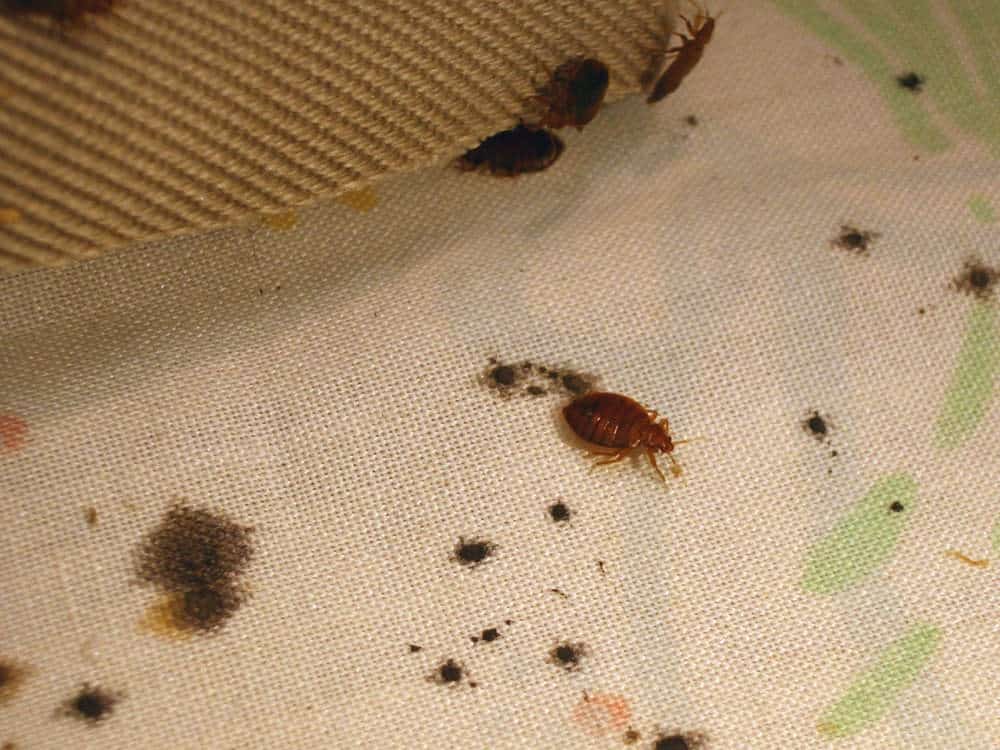
Shed Skin and Egg Shells
Young bed bugs molt as they age. That means they shed their skin (well, really, their exoskeleton) until they reach adulthood. These discarded bed bug skins look strikingly like bed bugs except they’re hollow and you can see through them. Many people will come across bed bug skin before they find any live bed bugs.
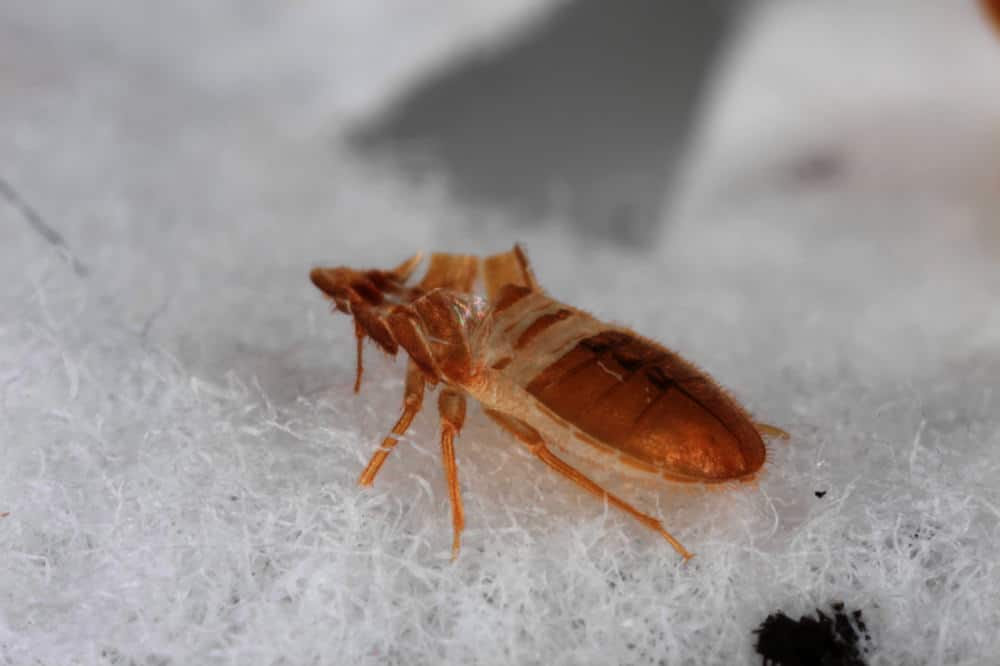
Once they hatch, bed bugs leave behind a shell or casing from their egg. These are white and oval-shaped (sort of like rice) but they’re extremely small and difficult to spot. At first glance, it might look like small granules that have been sprinkled on your furniture, but if you take a closer look, you’ll be able to see what they really are.
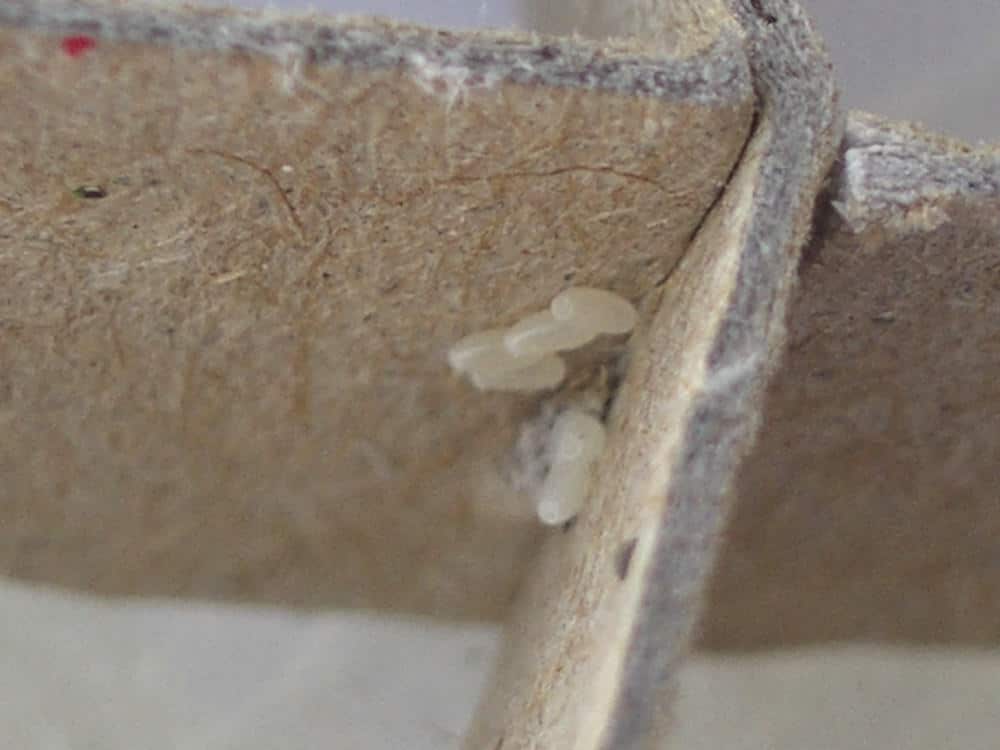
Bed Bug Bites
If bed bugs have set up camp in your home, you’re their food source, and they tend to collect blood from you when you’re fast asleep. One of the common symptoms of a bed bug infestation, then, is waking up with bed bug bites on your skin.
Bed bug bites affect people differently depending on their sensitivity. But in general, they result in welts that are red and inflamed and may be tremendously itchy.
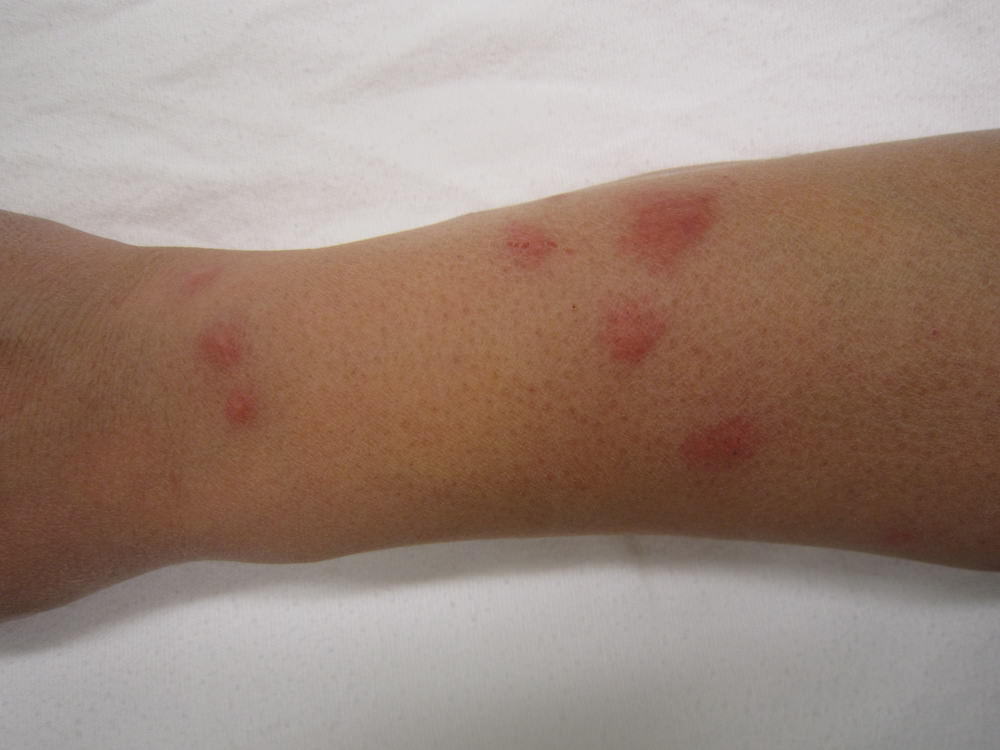
Since the bed bugs don’t actually take up residence on your body but return to their space (usually somewhere underneath your mattress) after feeding, the bites are often the only physical symptom you’ll experience when you have a bed bug issue.
Your Neighbors Have Bed Bugs
One of the most common ways people find out they have bed bugs is hearing that their neighbors are dealing with a bed bug problem of their own.
Bed bugs can only crawl slowly, but they still manage to get around. First, they can crawl from apartment to apartment simply by crawling out the door and down the hallway. They accomplish this by moving out of sight, either in carpeting, in the cracks of baseboards, or simply in the edges where the wall meets the floor.
Even if you don’t share a hallway with your neighbor, their bed bug problem might still become your bed bug problem. Shared walls (like the ones in townhomes or duplexes) are no match for bed bugs. They’ll often find their way into the wall and crawl from one home to the next by following the electrical wiring.
If your neighbor has bed bugs, start inspecting your home.
What Are the More Uncommon Signs of Bed Bugs?
While most people discover a bed bug problem by finding stains or droppings on their mattress or bites on their flesh, there are some other signs you can look out for. These are less common, but they’re worth knowing since they can help you detect an infestation before it grows and becomes more difficult to deal with.
Restless Nights
Bed bug bites are painless (although the welts that develop can be itchy). That’s because when a bed bug bites, it also injects a substance that numbs you so you don’t feel the pain. Although the bites are painless, some people still report experiencing restless nights and fitful sleep once a bed bug problem takes hold.
The reason for the restless nights is probably not the biting itself, but the itchiness that results from the bites.
So, if you suddenly find yourself having trouble getting a good night’s sleep, it might be caused by bed bugs snacking on you while you snooze.
A Bad Smell
Most of the tips you’ll read for locating bed bugs focus on sight – what kind of spots to look for, what bed bugs and their eggs look like, which spots to shine a flashlight on. But very few sources tell you that you can also locate bed bugs using your nose.
Bed bugs will release pheromones when they’re disturbed. On individual bed bug might not give off much of a smell, but a group of them all releasing this odor at once definitely will.
The smell strong and unpleasant when the pheromones are in high concentration. Many people have compared it to a musty smell, like wet clothes that’s been left in a pile for too long.
Visual clues are still the surest way to know whether you have bed bugs, but a strong, musty smell can help you figure out where to look.
Bed Bug Bite Complications
As mentioned above, the symptoms of bed bug bites vary from person to person based on their sensitivity. Some experience redness and itchiness, while others barely notice them.
In some rare instances, however, people can develop major reactions to them.
The American Academy of Dermatologists lists the following potential symptoms of bed bug bites:
- Difficulty breathing
- Irregular or forced heartbeat
- Swollen tongue
- Large blisters
- Fever
- Feelings of sickness
- Infection (as a result of scratching)
- Anemia
These are admittedly uncommon, but if you experience them, it’s important not to dismiss them as signs of bed bugs just because they’re such severe reactions.
Looking Beyond the Mattress
Bed bugs feed on you during your sleep, so naturally, they like to stay close to their food source. But bed bugs don’t just set themselves up under mattresses or on box springs. There are other areas of your home they might invade.
Bed Frames and Headboards
While the mattress and box spring are their go-to spots, bed bugs also like to hide in the space between your headboard and the wall. They’re also fond of the small cracks in wooden bed frames, where one piece of the frame meets another and leaves a small opening between them. That space looks vanishingly small from our perspective, but to bed bugs, it’s just a cozy spot.

Couches and Chairs
Bed bugs love a sleeping victim, but they’re attracted to any spot where humans stop and rest for a while. Couches and chairs are especially attractive alternatives for bed bugs, and they often hide in the seams and folds of the upholstery or the cracks and corners of the frame.
If your furniture has a slipcover on it, you may want to inspect underneath it. But be careful – if it does hide bed bugs, moving it around your home could spread the bed bug problem.
Walls and Wallpaper
Remember how we said that bed bugs can travel through shared walls? That’s sometimes where they make their homes, especially in a wall that’s near the bed. Look for them in the edges where the wall and the ceiling meet.
If you have wallpaper covering your walls, bed bugs might be hiding behind it. They won’t chew their way through the paper, but they are adept at finding small openings where a section of the wallpaper has come loose. If bed bugs are hiding behind the wallpaper, you will eventually notice stains forming on it, likely due to droppings.
Baseboards
With baseboards the issue is, again, cracks and openings. If you have perfectly sealed baseboards (maybe the edge is linked with caulking or paint), bed bugs won’t be able to get in. But if there is any crack at all between the wall and the baseboard that runs along it, it can be a welcoming habitat for bed bugs.
Dressers, Nightstands, and Drawers
These ones are less common but not unheard of. Bed bugs like to hide in cracks and corners and your dresser and nightstand offer plenty of those. The back corners of drawers are especially attractive to them, but they might also claim the spaces underneath or behind them.
If you suspect there are bed bugs hiding in your bedroom furniture, don’t be afraid to take out the drawers, look behind the dresser and nightstand, and even turn them over to inspect the underside.
Closets
Bed bugs can’t fly, but they do move far distances quickly by clinging to people’s clothing. When people get bed bugs in their home, it’s often because they or someone else brought some in on their shoes, coats, socks, or in their bags. Your bed bug problem, then, might start wherever you hang up your coat or your bag. If you’re looking for signs of bed bugs, then, don’t neglect the closet, especially the one by your front door.
Other Rooms of the House
The bedroom is the obvious place to look for bed bugs, but your infestation might also be located in another area of the house.
As we mentioned above, chairs and couches are a potential target for bed bugs, but you might also find them in rooms that don’t have any upholstered seating. Bed bugs have been found in laundry rooms, bathrooms, and basements. Bed bugs can live for months on a single feed, so they don’t need to always be close to their food source.
So, if you find these pests somewhere far from your bed, don’t dismiss the possibility that they could be bed bugs just because of their location.
How to Confirm You Definitely Have Bed Bugs
If you notice any of the signs discussed in the last two sections, you’ll want to inspect your home more carefully to confirm that you have bed bugs. Don’t start treating the affected area or start the extermination process without first being sure that you’re dealing with the right type of pest.
What Bed Bugs Look Like
The best way to confirm that you have a bed bug problem is, of course, to locate an actual bed bug. Here’s what to look for.
Bed bugs are brown but the shade of their color depends on how recently they’ve fed. A well-fed bed bug will look darker than one that could use another snack.
They have an oval-shaped body that is mostly flat, two antennae, and six legs. Even when they’re fully grown, they are very small, measuring less than 0.2 inches (or, about the size of an apple seed).

Bed bugs are nocturnal, which means they’ll be active mainly at night. You might have an easier time spotting one then, since they’re less likely to be hiding away out of sight.
Common Impostors
Often, people who think they’ve found a bed bug in their home have really found another similar pest. Before taking steps to exterminate the bugs in your house, you need to know what you’re dealing with. Here are some of the bugs people often mistake for bed bugs.
- Carpet Beetles: Carpet beetles are probably the bed bug’s best impostor. What really sets them apart is that, unlike bed bugs, they have a set of wings.
- Cockroach Nymphs: While it’s easy to tell an adult cockroach from a bed bug, it gets a little trickier with cockroaches that have just hatched. These young roaches often hide in the same kinds of places as bed bugs and have the same coloring. You can tell them apart by their shape – they have a longer body than a bed bug and don’t share its oval shape.
- Booklice: These also share a lot of qualities with bed bugs, but the shape is the giveaway. Instead of an oval body, booklice have a small body with a large bulb shape at the back.
- Spider Beetles: Spider beetles mostly match the description of a bed bug, except that their bodies are a little more spherical and they have a smoother, shinier appearance.
Bed Bug Bites
If you haven’t found a bed bug, but you have the bites to prove that something’s been feasting on you, you’ll want to make sure they’re actually caused by bed bugs and not some other insect.
Bed bug bites look like mosquito bites, but the big difference between the two is the bite pattern. Mosquitos will feed on you from whichever spot they happen to land on. Bed bug bites, on the other hand, are likely to form a pattern, either a straight line or a zig-zag.
Flea bites also look and feel similar to bed bug bites. The best way to tell them apart is by looking at where you’ve been bitten. Fleas typically bite either the lower half of your body or the areas around joints (like your armpits or behind your knee). Bed bugs concentrate on the upper half, especially the neck, face, and arms.
How to Inspect for Bed Bugs
Inspecting for bed bugs is simple. All you really need is a flashlight to make sure you can see clearly (not only are bed bugs small, but they can hide in some dark areas). For best results, get something flat and thin, like a credit card, so you can scrape along seams and edges and push out any bed bugs or bed bug eggs that might be hiding in them.
Look in the following areas:
- Bed: Remove all the sheets and inspect the mattress carefully. Then, look underneath it and inspect the box spring as well. Look for rusty colored or black spots and, of course, for the bed bugs themselves.
- Bed Frame: Remember to check behind the headboard, underneath the bed, and wherever the pieces of the frame meet.
- Seats: Inspect couches and chairs, including the cracks between cushions and any grooves in the upholstery.
- Nightstands and Dressers: Remove the drawers and inspect them carefully. Look behind the furniture, as well as underneath.
- Drapes and Curtains: Make sure to inspect the top as well. Climb a chair if you have to.
- Lighting Fixtures and Electrical Outlets: If you can pull out or unscrew the lighting fixtures from your wall or ceiling without damaging anything, do it and inspect behind them. Take off your outlet covers and shine a line to see if any bed bugs are hiding behind them.
- Other Rooms: Although they’re called bed bugs, the infestation isn’t necessarily going to start in the bedroom. Look in the laundry room, the basement, the living room, and the closet by the entryway.
Be sure to inspect everywhere. It’s a myth that bed bugs only live and thrive in dirty surroundings. Just because an area of your home is kept clean and tidy doesn’t mean you should overlook it when searching for bed bugs.
Set Up Interceptors
Interceptors are bed bug traps. They’re not going to really help you kill the bed bugs or get rid of the infestation, but they will help you find out whether you have a bed bug problem.
An interceptor looks like a shallow dish with two sets of raised edges, creating a moat around the edge. They’re placed under the leg of a bed or another piece of furniture. When bed bugs try to crawl up to your bed or crawl down from it, they will climb into the moat and won’t be able to climb back out.
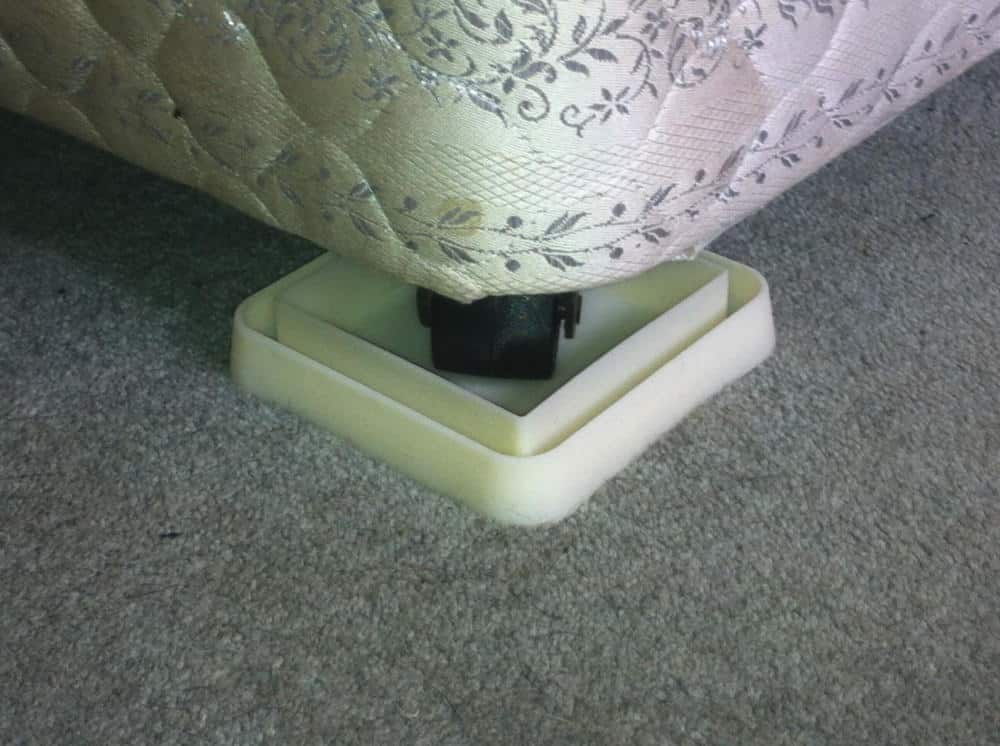
If you set up interceptors and bed bugs get trapped in them, you’ll know there’s an infestation somewhere nearby.
Interceptors don’t just trap bed bugs – they also tend to collect dirt, dust, and other debris. It’s a good idea to clean them out about once a week so the accumulated contents don’t make it hard to spot any bed bugs trapped in the moat.
Interceptors can be purchased commercially and are quite affordable, but you can also make your own DIY versions.
One consideration when buying or creating your own interceptor is the color. Most interceptors on the market are made of white plastic, but a recent study discovered that bed bugs are most attracted to dark colors and find lighter colors least appealing. Be careful with your color choice, however, since a black, dark red, or brown background color will make it hard to see the bugs you’ve trapped.
Summary
Bed bugs are tiny, and hard to notice at first sight. They also like to hide in some really tricky spots. However, if you know what to look for and where to look, you’ll be able to determine with confidence whether or not your home has a bed bug problem.

